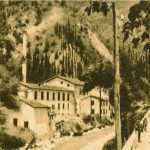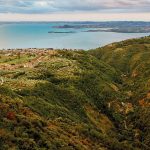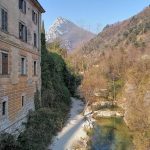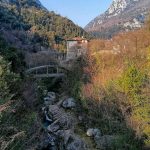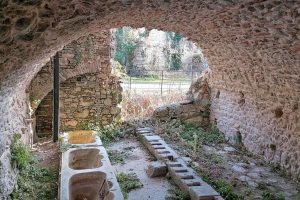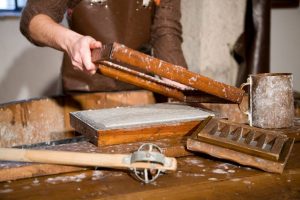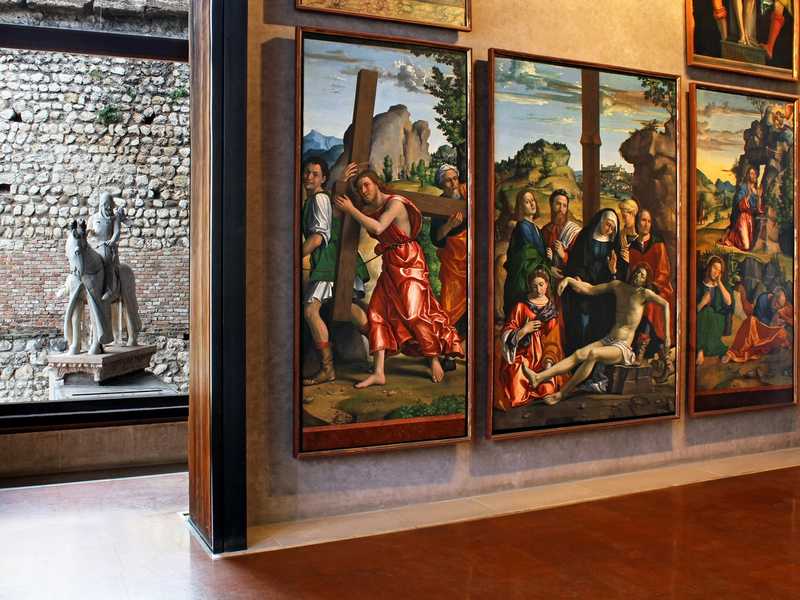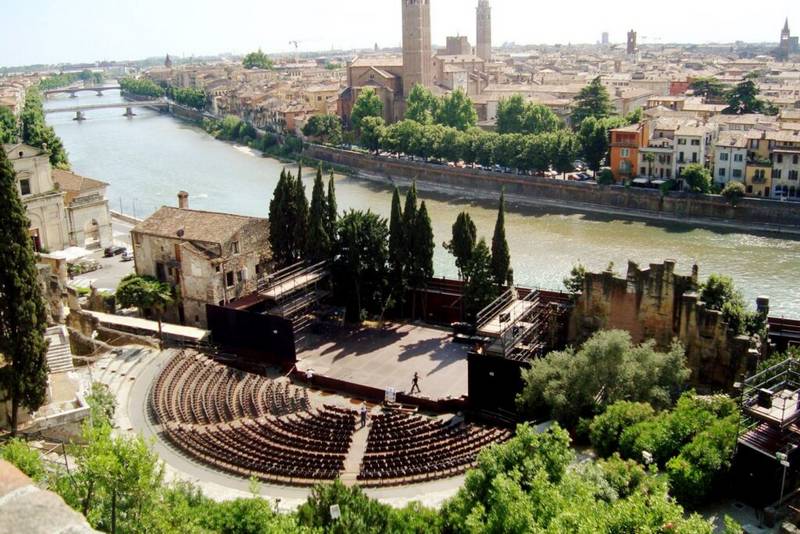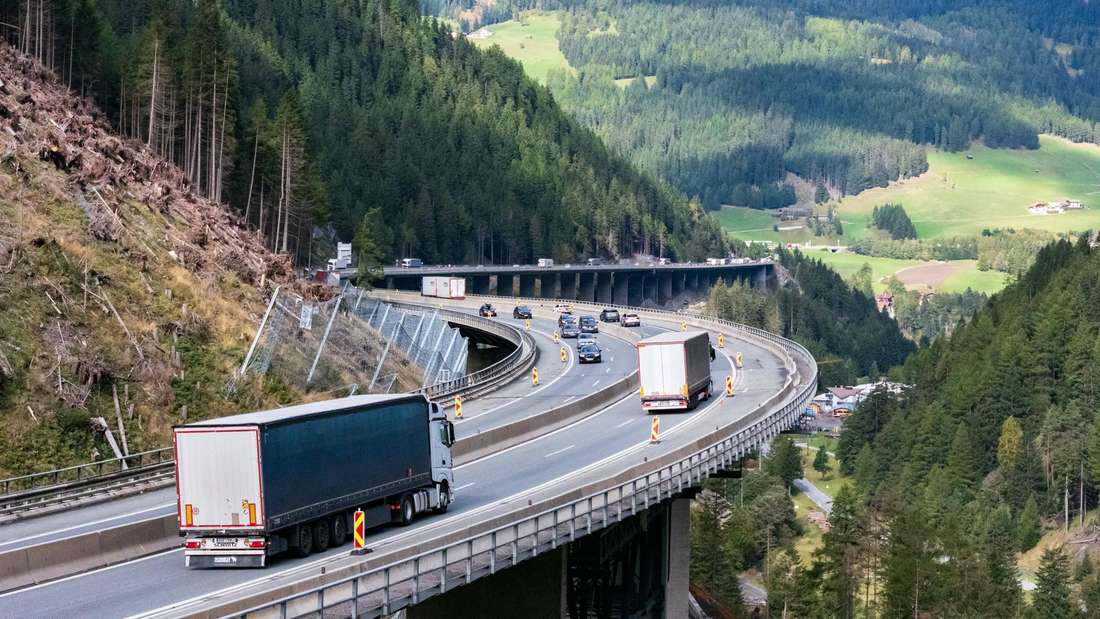Characterized by a distinctive and flourishing vegetation consisting of cypresses, olive trees and holm oaks the “valley of paper mills” is now a center of industrial archaeology and home to the “Paper Museum” where it is possible to retrace the stages of the history of paper production from its origins to the 20th century.
Papermaking in the territory of Toscolano Maderno dates back to the late Middle Ages and was favored by the presence of the Toscolano stream. Dated October 17, 1381, is the first document that attests with certainty the presence of a paper mill along the Toscolano River.
History
As a result of the confluence of the 2 streams Magasino and Armarolo, which originate from Mount Tombea behind the west coast of Lake Garda, the Toscolano stream is created in the municipality of Valvestino, which runs throughout the Vestino Valley and the so-called Paper Mill Valley.
It was thanks to the motive power for the mills of the Toscolano stream that paper production developed in the valley between Toscolano and Maderno beginning in the 1300s.
With the invention of printing presses, the demand for paper grew exponentially, and between the 15th and 16th centuries the Valley of the Paper Mills, with its incomparable thickening of mills, became the main production hub of the Republic of Venice.
With the plague of 1630, production stopped and the valley fell into neglect.
In the early 1700s production began again and continued between highs and lows until the early 1900s when the construction on the lake shore of a paper mill with modern machinery, reducing production and transportation costs, caused the importance of the valley to decline completely.
The last paper mill would close in 1962.
Museum
In 1993 the Municipality of Toscolano Maderno became the owner of the entire valley and planned the rebirth of this unique place, which today is considered one of the most important sites of industrial archaeology in northern Italy.
Museum Tour
The museum tour, located inside the old paper mill in Maina Inferiore, allows visitors to trace in chronological order the history of paper and the Paper Mill Valley from its origins to the 20th century.
In the rooms of the 16th-century factory, the different stages of the ancient method of papermaking are illustrated.
Papermaking
The raw material for papermaking was rags (linen, hemp and cotton). The rags, after being carefully waxed and shredded, were soaked in large stone vats (some still visible in the museum tour) with water and quicklime. Then the rags were reduced to a pulp by the work of wooden hammers, moved by water wheels. With the white pulp thus obtained, the master papermaker would produce sheets using a special form.
The sheets were later pressed and placed to dry on special drying racks positioned on the highest floors of the paper mill. Once dry, the sheets were glued, to obtain the proper waterproofing, and finally smoothed.
Interactive Station
In the section devoted to artifacts from archaeological excavations conducted in the Paper Mill Valley, an interactive station will allow visitors to relive daily life in an ancient paper mill.
Antique Prints
In the room dedicated to Paganini printers, also on display are rare and valuable volumes printed in Toscolano from the first half of the 16th century.
Trails
In the beginning, the Valley could only be reached by paths including the so-called Path of the Aces, consisting mostly of wooden footbridges that went up the river along the canals.
In 1871, construction began on a new flat road that passed through 4 tunnels and made access to the paper mills safer and easier than the old path.


